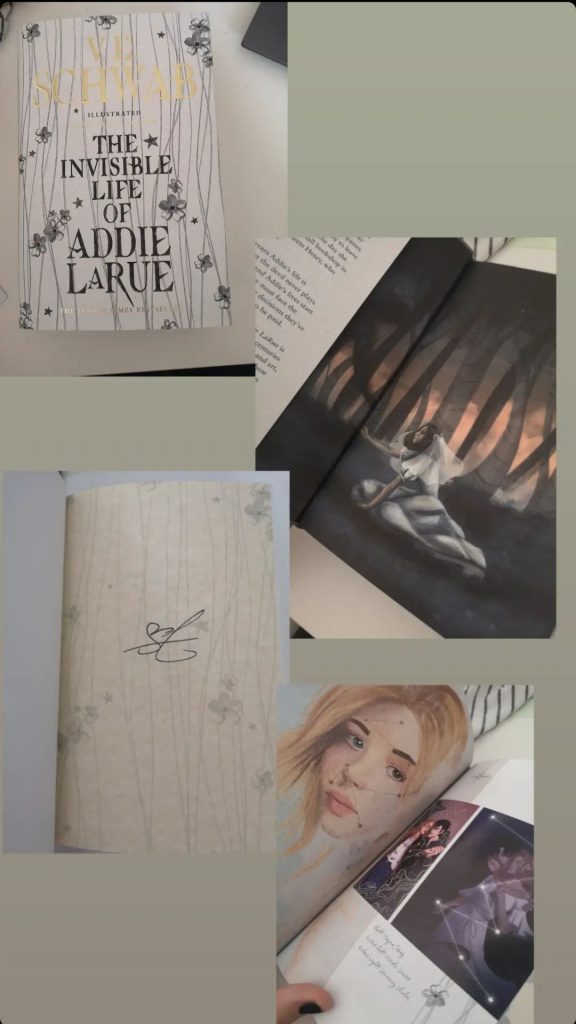“No matter what you write, you actually can’t help retelling a fairytale somewhere along the way”- Catherynne M. Valente
One of my most anticipated reads of the first half of this year was Marissa Meyer’s Heartless as it was recommended several times. As a fan of the original Alice’s Adventures in Wonderland by Lewis Carroll, I was rather sceptical when my friends first told me about a prequel about the Queen of Hearts. Yet, the longer I had the book on my TBR (to be read) pile, the more intrigued I got and I was not disappointed. After reading this book I suddenly got the idea to write about retellings and prequels, which can be found in many books when looking closer. Because of this, today’s blog entry will focus on the world of retellings and prequels of fairytales and famous stories.
As I’ve already talked about, Heartless by Marissa Meyer is a great example of a prequel to a book considered to be a classic. Here it is important to note that this genre of prequels I talk about targets prequels written by people who were not the original authors. Heartless introduces Lady Cathrine Pinkerton, a young girl in Wonderland who dreamed of opening a bakery with her best friend, the best bakery in all of Hearts. She was one of the most desired girls in Hearts and through her baking, she fastly won the heart of Heart’s unmarried king. At one of his outings Cath meets Jest, the court joker and is immediately intrigued and drawn to him, more so than to the king who intended to ask her to marry him. Many events unfold and tragedy strikes and the once so hopelessly romantic dreamer Cath was turned into what Carroll introduced as the cruel and cold Queen of Hearts. It is a heart-wrenching fast-paced read that greatly impacted me and it took me a week to get over the ending of the book. It is a bittersweet story to read as you know that things have to go wrong and that the ending has to be tragically sad since we all know the character of the Queen, yet, I kept on hoping for a different ending, one filled with hope and happiness. This kind of story, a prequel with many what-ifs, offers a new kind of depth to the original story, an extension of characters and story worlds.
Next to prequels, retellings are also rather popular at the moment. Only last month I discovered a series of books labelled as remixes of classic novels. Here, I would like to introduce Gabe Cole Novoa’s Most Ardently: A Pride & Prejudice Remix. It is part of a series where several authors from marginalised backgrounds rewrite classics altering it to oppose the primarily white and male canon by introducing modern themes. Such themes would have been scandalising in the times of the original publication. In Most Ardently Novoa introduces Oliver Bennett, a trans boy, who wishes for a life filled with freedom, a life where he can be who he wants to be and not be forced to wear dresses and be called Elizabeth.
Other books from this series are:
- Into the Bright Open: A Secret Garden Remix by Cherie Dimaline
- Teach the Torches to Burn: A Romeo and Juliet Remix by Caleb Roehrig
- My Dear Henry: A Jekyll and Hyde Remix by Kalynn Bayron
- Self-Made Boys: A Great Gatsby Remix by Anna-Maria McLemore
- What Souls Are Made Of: A Wuthering Heights Remix by Tasha Suri
Retellings and Prequels can also be useful in the classroom as students can be creative and write their own stories. Here, tasks could be to rewrite a love story into a horror story or generally change the genre while writing. Another interesting writing task could surround classics. Students often struggle with the texts because of their language, so why not change it up a bit? They can rewrite parts of classics into modern-day English to make them easier to understand and also include contemporary themes to make them more relatable from today’s perspective. Lastly, they could focus on specific characters and write down their own prequels, who they think the characters used to be, and what kind of story they lived through before the actual story began.
What is your take on prequels and retellings? If you have ever read one did you like it? What prequels and retellings do you know? Have you ever written your own prequel to a book you like?
Lisa A.




